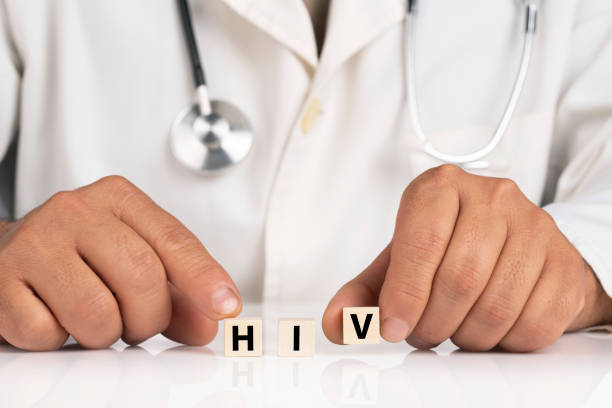Revolutionizing HIV Treatment and Prevention in 2025
HIV (Human Immunodeficiency Virus) remains a global health concern, impacting millions of individuals. Although a definitive cure has yet to be discovered, recent breakthroughs in medical science have led to more effective and manageable treatments. This article highlights the latest advancements in HIV care and how they are shaping the future.
HIV (Human Immunodeficiency Virus) remains a global health concern, impacting millions of individuals. Although a definitive cure has yet to be discovered, recent breakthroughs in medical science have led to more effective and manageable treatments. This article highlights the latest advancements in HIV care and how they are shaping the future.

The Importance of Antiretroviral Therapy (ART)
Antiretroviral Therapy (ART) remains the foundation of HIV treatment. By preventing viral replication, ART lowers the viral load to undetectable levels, preserving immune function and significantly reducing the risk of AIDS-related complications. While it does not cure HIV, it dramatically enhances life expectancy and overall well-being.
Innovative HIV Medications for Improved Outcomes
New HIV drugs are making treatment simpler and more effective. Biktarvy, a once-daily pill, streamlines therapy by combining multiple medications into one regimen. Additionally, Lenacapavir, a long-acting injectable, offers a promising solution for individuals with multidrug-resistant HIV, improving treatment adherence and success rates.
Long-Acting Treatments: Enhancing Convenience
For many, taking daily medication can be challenging. Long-acting treatments like Cabenuva, which is administered monthly or bi-monthly, provide an alternative to daily pills, improving adherence and simplifying HIV management. These innovations offer greater flexibility and a better quality of life.
Pre-Exposure Prophylaxis (PrEP): A Game-Changer in Prevention
Pre-Exposure Prophylaxis (PrEP) is a crucial tool in HIV prevention. Taken daily, it significantly reduces the risk of HIV transmission, making it particularly valuable for high-risk individuals. PrEP continues to play a vital role in reducing new infections and promoting global HIV prevention efforts.
Overcoming Stigma Through Education and Awareness
Despite medical progress, stigma remains a major challenge in HIV care. Fear of discrimination prevents many from seeking treatment. Public education and awareness campaigns are essential in eliminating these barriers, ensuring that individuals feel safe and supported in accessing healthcare.
Conclusion
Thanks to ongoing medical advancements, HIV treatment and prevention have become more effective and accessible. Long-acting medications, innovative therapies, and improved awareness are transforming the lives of those affected by HIV. While the search for a cure continues, these developments offer hope for a healthier future.